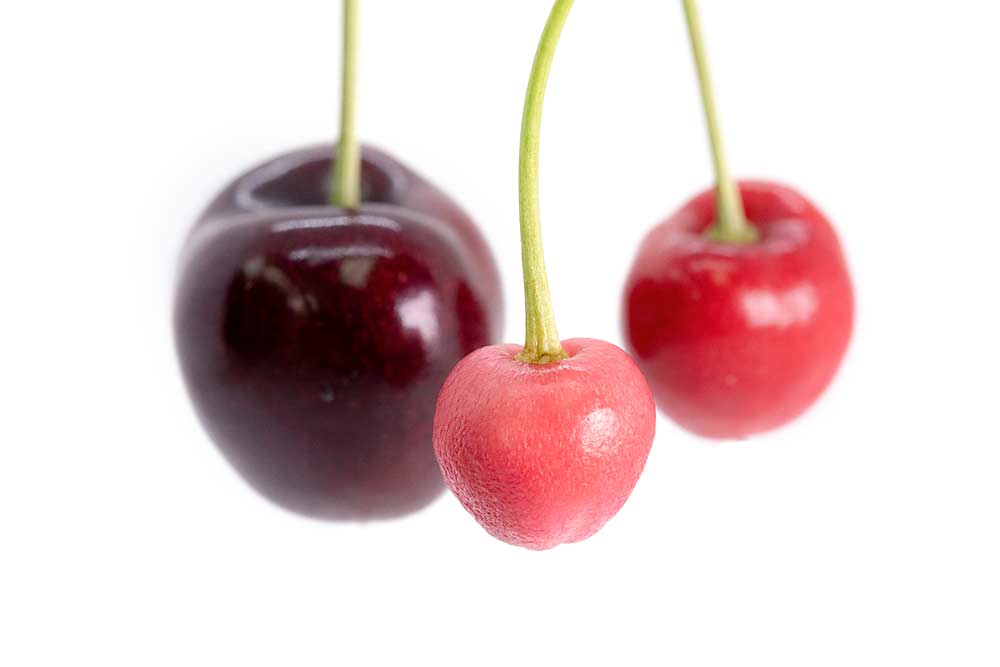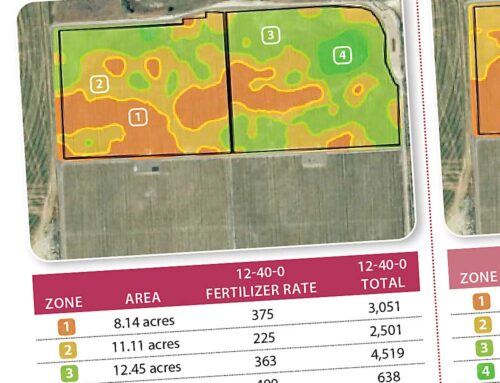
Mounting inoculum levels across Washington suggest that little cherry disease is heading toward exponential growth, said Scott Harper, the Washington State University virologist who heads the Clean Plant Center Northwest.
“You think this year is bad, next year is going to be worse and the year after that is going to be even worse,” Harper said at the Cherry Institute in Yakima in January. “The only way to control these things is to reduce the amount of pathogen load in the environment, or it is going to keep spreading.”
In 2018, the Clean Plant Center tested almost 3,500 samples of suspected little cherry disease for the three potential vectors, little cherry virus 1 and 2 and Western X phytoplasma, and about 40 percent were positive for one of the vectors. That’s probably an underestimate, Harper said, because many growers don’t send in samples for analysis.
Interestingly, in North Central Washington, little cherry virus 2 appears to be the driver, while in the Columbia Basin and the Yakima Valley, Western X phytoplasma is predominant in suspected cases sent to the diagnostic lab.

Both pathogens reduce fruit size and quality, but the symptoms are only visible a few weeks before harvest, Harper said. The rest of the season, infected trees look normal, but the pathogen can be rapidly spreading.
“I can’t stress this enough: Once a tree is infected, it is infected for life,” he said. Removing infected trees as soon as they start to show symptoms reduces the risk of spreading the pathogen via insect vectors and root-grafting.
“As long as it is sitting out in the field, insects will visit that tree and pick up the virus and carry it to the next tree and the next tree,” Harper said. “Pathogen vectors don’t respect fences or boundary lines, so you have to work with your neighbors to control this disease.”
A season-long spray program to control leafhoppers, the vectors for Western X, and mealybugs, the vectors for little cherry virus 2, provides the best prevention, even if symptoms are not present in your orchard, he added.
Washington State University researchers and extension specialists plan to form a task force in the coming months to coordinate a response to the growing epidemic. More plans about how growers and the industry as a whole can best respond to the issue will be available later this season. •
—by Kate Prengaman
To learn how to identify little cherry disease and Western X bacterium symptoms, visit bit.ly/whatislittlecherry






Leave A Comment